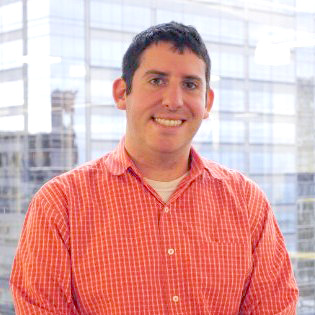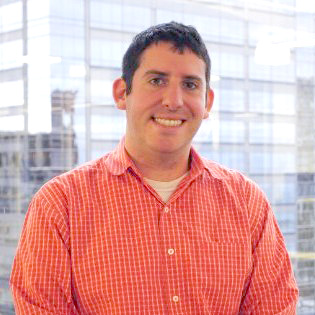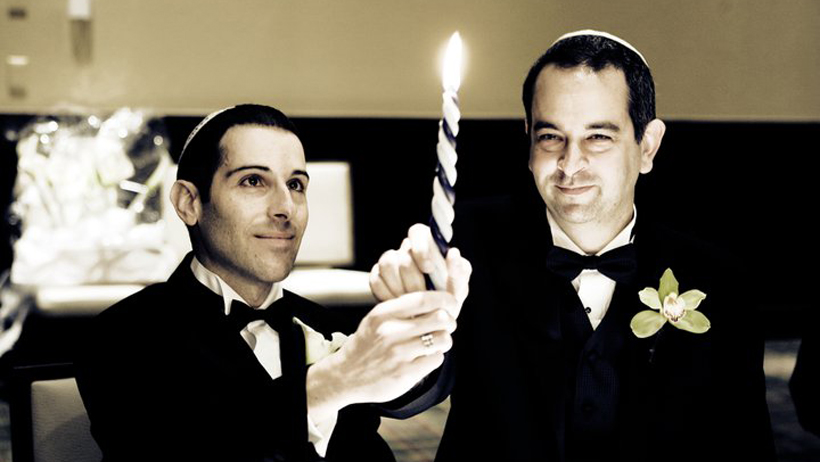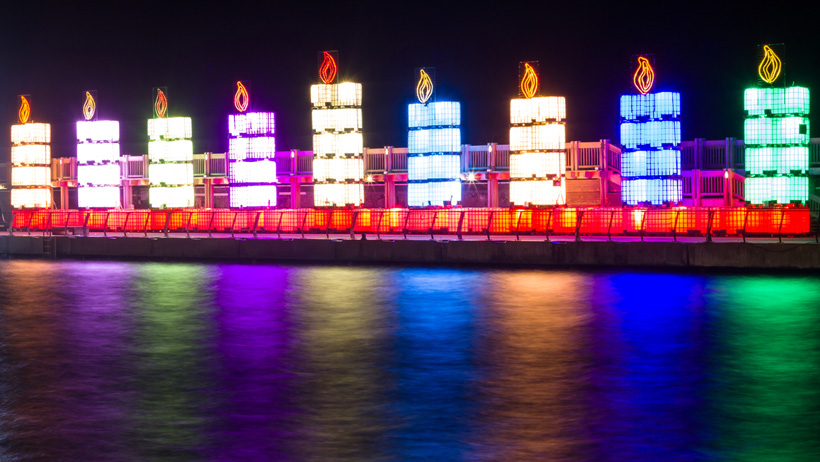The end of this month marks the second anniversary of my move from Chicago to New York. There is a lot I could reflect on from these past two years, but perhaps my greatest takeaway from living on the Upper West Side of Manhattan has to do with coexistence, which can best be summarized by kosher pizza.
There are two kosher pizza joints on the Upper West Side. Cafe Viva is strategically located on 97th and Broadway, just a stone's throw away from a major subway stop on the 1/2/3. On Saturday night, you can find a bit of everything and everyone in there, from young people on dates to families trying to calm hungry children -- not to mention the many who file in with a common case of the "drunchies."
The patrons at Viva may have gone to Jewish day school, or become religious later in life and are observant in a more casual way. They might not be identifiably Jewish during the week, but still leave early for Shabbat (typically running a tad late for candle-lighting). Some may call it "Social Orthodoxy."
Yet, not all kosher-keeping Jews choose to eat there. That's because Viva stays open on Shabbat, which for more observant Jews calls into question the restaurant's kashrut.
Head nearly a mile south of Viva, however, and you'll find another kosher pizza place, one that doesn't have this issue -- Saba's. Saba's is accepted by Jews of all observances. People who eat at Viva certainly eat at Saba's too, but there is definitely a distinct Saba's-only crowd.
Saba's patrons are a bit stricter in practice. They are a sect of right-leaning Upper West Siders that once lived in Washington Heights (a more observant Modern Orthodox community a bit farther north) and still hold on to those roots.
The division between those who only eat at Saba's compared to those who eat at Viva is clear and observable, but these groups have put any differences aside and there is no judgment between them.
I see that a lot on the Upper West Side. There are Jews of every age, ethnicity, sexual orientation and political affiliation. There are Jews who have never stepped foot in a kosher restaurant and Jews who wear traditional black hats. Prior to moving here, for example, I could probably count on one hand the number of Persian Jews I knew; I certainly had no idea about their customs or their cuisine. I now have a Persian roommate, and can say I've had my fair share of Basmati rice.
All this to say, at a time when Jews around the country are as divided as our politics, the community on the Upper West Side remains an example for what our people might look like if they could truly live together with those differences.
Throughout most of the United States, Jews on the whole either appear to be extremely religious or unaffiliated and secular. The Jews who consider themselves as falling within the middle ground are proud and vocal, but their numbers in the big picture of American Jewry are small. Ask any Jewish leader what the biggest challenge in their community is right now and they'll say it's keeping their people in the fold. In my mind, this is because there is a lack of choices representing that middle ground.
In many places, the choices available to Jews represent religious extremes. These groups also feel alienated from one another. On the Upper West Side, anything and everything goes. Part of that has to do with sheer quantity. Howard Beck of United Jewish Appeal famously said the Upper West Side has as many Jews as the entire city of Cleveland. So it might make sense that two kosher pizza shops can exist in one small area, and that an entire city might have just one, or two that are far apart.
Chicago, even with its sizable and diverse Jewish communities, rarely sees those communities intertwined. Ask anyone living in West Rogers Park how often they come to Lakeview (other than to go to Milt's kosher barbecue) and you'd likely get a deer in the headlights look. The same can be said the other way around.
Jews today are forced to conform to extremes, but that's not how today's young adults think and operate. Everything from food to dating is at the tap or swipe of our finger -- allowing people to become extremely selective and piece together their perfect fit. Yet Jewish institutions are still sticking to a model that suggests either their size and style fits you or it doesn't.
These Jewish places and leaders need to be malleable and allow for a type of Judaism that each person can customize to his or her experience and do so without judgment.
If Saba's and Viva can draw their own distinct groups without alienating the other, so too can other Jewish places. The key is that they present the Jewish community with options. Even though the patrons of one might disagree with the other in a number of ways, that they both have choices that allow them to practice Judaism their way gives them the space to be more accepting of each other.










.jpg)



